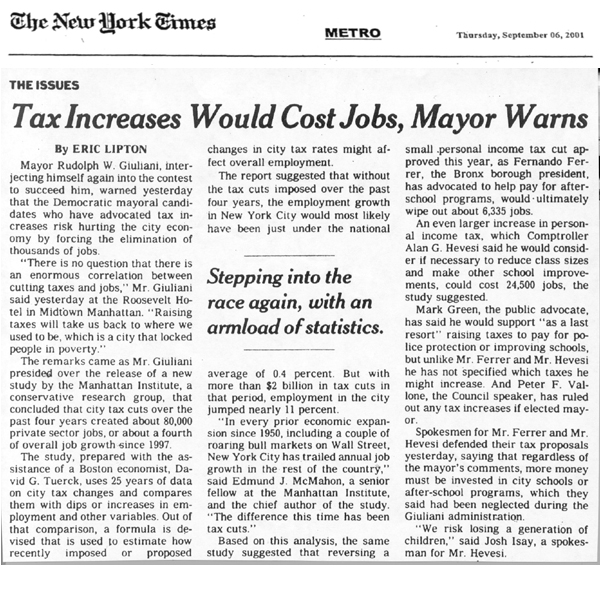Introduction
and Mission Statement
The Economics of STAMP
How
STAMP works
The
CGE Team
Deliverables
States
that have applied STAMP
What
the press is saying about STAMP
Endorsements
Organizations
or individuials interested in acquiring a STAMP for their state
should contact:
Dr.
David G. Tuerck,
Executive Director
Beacon Hill Institute, Suffolk University
8 Ashburton Place
Boston, MA 02108
Phone: 617-573-8750
Fax: 617-994-4279
Email: dtuerck@beaconhill.org
To
obtain a PDF version of the BHI
STAMP brochure click here.
|
|
What
the press is saying about STAMP

Pennsylvania- STAMP
“The
foundation hired an independent company, Boston-based Beacon Hill
Institute to analyze Pennsylvania’s state tax system. Using state
government data, Beacon Hill developed a model to predict how collecting
more taxes in Pennsylvania would affect the state’s workforce…
The study, “Taxing Electronic Commerce in Pennsylvania: What
Legislators Should Know,” finds that taxing Pennsylvania consumers
for all their remote purchases from 2001 to 2005 could yield the state
between $410.4 millionand $1.53 billion in new revenues”–
but the state would forego as many as 94,794 jobs.”
Central Penn Business Journal
Maryland- STAMP
“…a
study sponsored by Maryland Business for Responsive Government that
is being released this week models universal health care proposals
and contends any such plan will drive thousands of jobs from Maryland
to nearby states. The group projects 30,000 to 117,000 jobs could
be lost. It also said such measures could mean increased taxation
equivalent to a 13 percent to 233 percent jump in the personal income
tax.”
The Washington Times
New York City- STAMP
“The
study prepared with the assistance of a Boston economist, David
G. Tuerck, uses 25 years of data on city tax changes and compares
them with dips or increases in employment and other variables. The
report suggested that without the tax cuts imposed over the past
four years, the employment growth in New York City would most likely
have been just under the national average of 0.4 percent. But with
more than $2 billion in tax cuts in that period, employment in the
city jumped nearly 11 percent.
The New York Times
“…the
Manhattan Institute asked the Beacon Hill Institute to develop…NYC-STAMP,
[which] measures the impact of New York City tax cuts on the city’s
economy – especially on private sector employment…Here’s
what we found: Tax reductions since 1997 have generated more than
80,000 new private-sector jobs…More than 6,500 new jobs will
be generated by tax cuts that were included in the city’s fiscal
2002 budget…And nearly 15,000 more jobs could be added to New
York’s employment base by eliminating what’s left of the
personal-income-tax surcharge.”
New York Post
Georgia-
STAMP
"[On
the proposed increase in tobacco taxes] Dwight Lee, professor of
economics and the Ramsey Chair of Private Enterprise at the University
of Georgia'suggests they will raise some revenue no doubt
about it but it will be less than they anticipate.' Lee's
assertion is supported by the Beacon Hill Institute at Suffolk University
in Boston, which recently released a sophisticated analysis of the
impact of the tobacco tax increase on Georgia. Using a State Tax
Analysis Modeling Program, which predicts scenarios based on the
state's tax and historical economic data, the institute found that
if the legislation is approved, the state would net just $290.5
million in cigarette taxes in fiscal 2004, not nearly the $311 million
the government is hoping for."
Rome
(Georgia) News Tribune
Wisconsin-
STAMP
"The
Wisconsin Policy Research Institute used computer simulations at
Suffolk University in Boston to predict the effects of raising both
the sales and income tax to fill a $1.6 billion hole in the budget's
first year. If lawmakers raise the sales tax from 5 percent to 7.4
percent, the state would bring in $160 mi illion in additional revenue
in the first budget year, enough to fill the deficit, the study
found. But the sales tax increase would cost 55,514 jobs as it drains
money from the economy, said economist David Tuerck who led the
simulation."
Portage
(WI) Daily Register
|
